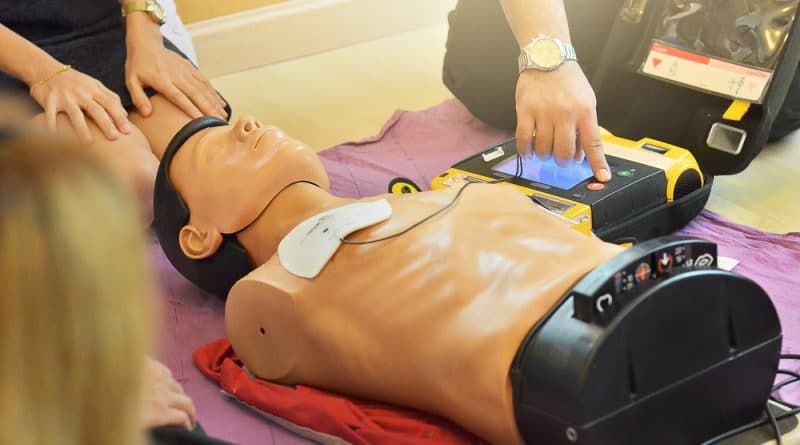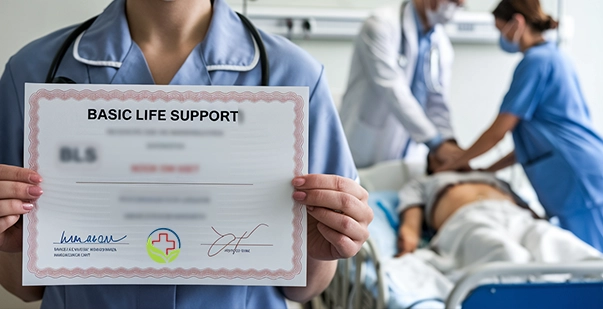The signs and symptoms which develop and give a green light that a person requires CPR are unconsciousness, difficulty in breathing, and no pulse. There are other encompassing scenarios that can need CPR. The conditions are not limited to suffocation, shock, and inhaling harmful smoke produced by a fire. Online first aid and CPR courses educate about the circumstances that should get handled through CPR.
Online first aid and CPR course offer knowledge on the best ways to relieve a person who is feeling pain immediately. The purpose of training is to get rid of jitters and fear, which impairs people from offering CPR.
Guide to Perform CPR Confidently
Learn the different information bytes on performing CPR like appropriate time, when to stop CPR, etc., below. After this knowledge, it must be easier for you to register for a CPR course and be a hero in a patient’s life at the right time.
The Appropriate Time To Give CPR
Without getting into much detail, the best time to help is right away. A person walking just next to you could trip and fall, a driver may find someone lying unconscious beside the highway, which are situations that need fast action. If you are too slow, brain damage may occur.
The important thing is to call an emergency service line as you try to gather the information that could help in figuring the cause of the incident.
Next, check for any response from the victim by gently shaking the victim or just waking the person up. You should know that CPR is for unconscious victims.
Find out whether there is breathing either by rising of the chest or falling. You could listen near the mouth of the person. Perform a pulse analysis on the victim by placing your fore and center fingers one above and the other below the wrist directly under the thumb at the start of the wrist.
Sometimes if you are caught up with a dilemma, always trust your gut and begin CPR for higher chances of the survival of the victim.
Security
It is essential to be on the lookout for possible dangers that could hinder offering CPR. A few things to be alert about are:
- Criminals who pretend that they are good Samaritans and yet they are using a victim as bait to rob innocent people.
- Inspect the scene for live electric wires to avoid getting electrocuted, flooding, or fire across the street.
When To Stop Offering CPR?
- When the victim responds through breathing.
- After rescuers arrive, let them take over immediately.
- Availability of a defibrillator
- Insecurity in the surrounding area
Nowadays, CPR has no time limit. A patient will receive the service as long as possible unless one of the above conditions happens.
The Place To Give CPR
It is practical to give CPR anywhere. Many cases of heart failure occur unexpectedly, which means there is no time to rush someone to the hospital.
Fearless Training
It is very embarrassing to watch someone suffer a heart seizure and do nothing. The thought of just being unhelpful to a victim is not desirable. People should enroll in training on CPR to express fears like:
- Fear of causing further damage to the victim
- The dread of a lawsuit
- Sickness
- Lack of confidence
- Inappropriate touching of the victim
Common Reactions When A CPR Victim Dies
- Inability to live with the reality
- The victim’s family sues the person who gave CPR
- Later on, discovering that the victim had a DNR meaning “Don’t Resuscitate.”
Conclusion
Ready to start your journey? Join the American Health Care Academy and improve your life-saving skills, you never know when you may need them in the future.










